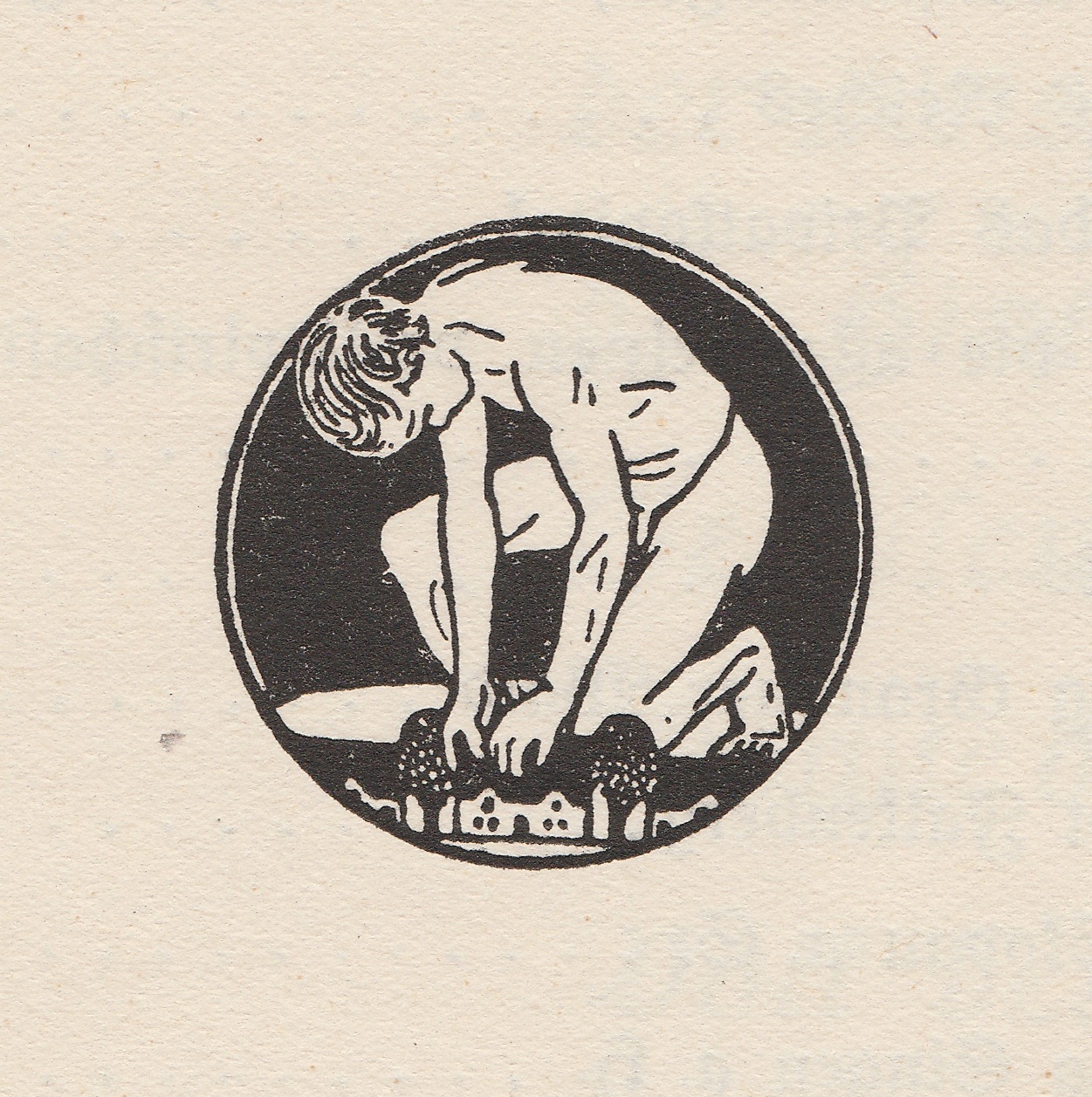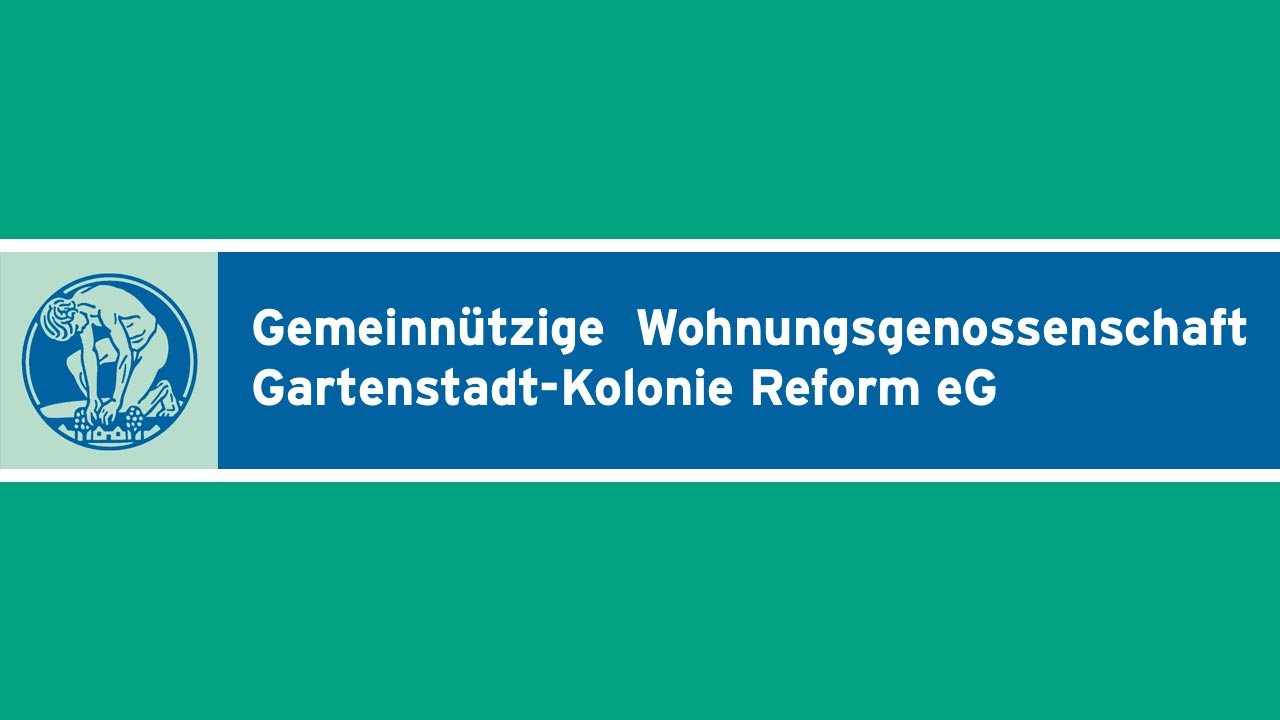
Gartenstadt Reform
Magdeburg, Germany
Gartenstadt Reform is one of the famous garden cities with colourful houses made by German architect Bruno Taut.
| Garden City Type: | Mixed (housing association / municipality / other) |
| Country: | Germany |
| City: | Magdeburg |
| Years of construction: |
1911 Start construction
|
| Initiator/client: | Deutsche Gartenstadt-Gesellschaft |
| Architect or related: |
Bruno Taut Bruno Julius Florian Taut (1880-1938) was a German architect and urban planner, who was responsible for pioneering colourful workers’ neighbourhoods and cities at the beginning of the twentieth century. Bruno Taut on Wikipedia | More on the exhibition Bruno Taut: Beyond Fantasy at Museum Het Schip (2021). Carl Krayl Carl Christian Krayl |
| Heritage status: | No |
| General condition of Garden City: | Good condition |
General description
 In the city of Magdeburg, initiatives were developed by the Deutsche Gartenstadt-Gesellschaft (DGG) to build housing for workers. The DGG had been founded in 1902 and actively promoted the idea of building garden cities in Germany. The DGG also organised excursions to England to see garden cities there. In July 1910, Bruno Taut joined one such excursion, where he visited garden cities and had discussions with English architects involved in the construction of the garden cities. In a letter to the Gartenstadt-Gesellschaft after his return, he announced that the trip had met all his expectations. The impressions he gained during this trip would soon come in handy for the construction of the garden city settlements Falkenberg in Grünau near Berlin and Reform in Magdeburg.
In the city of Magdeburg, initiatives were developed by the Deutsche Gartenstadt-Gesellschaft (DGG) to build housing for workers. The DGG had been founded in 1902 and actively promoted the idea of building garden cities in Germany. The DGG also organised excursions to England to see garden cities there. In July 1910, Bruno Taut joined one such excursion, where he visited garden cities and had discussions with English architects involved in the construction of the garden cities. In a letter to the Gartenstadt-Gesellschaft after his return, he announced that the trip had met all his expectations. The impressions he gained during this trip would soon come in handy for the construction of the garden city settlements Falkenberg in Grünau near Berlin and Reform in Magdeburg.
In Magdeburg, 19 workers from the Krupp-Gruson metalworks founded the association 'Reform Garden City Colony' on 4 January 1909. Its genesis is similar to that of Eigen Haard, Het Schip's housing association in Amsterdam. They were both founded in the same year and also by workers from a metal factory (in Amsterdam at Werkspoor on Oostenburg). Another common similarity is that both associations started building low houses for their workers. Eigen Haard did so in 1913 with the Indië 1 block in Amsterdam's Indische Buurt, and Gartenstadt Reform a year earlier in Magdeburg.
Even more than Falkenberg in Berlin, Reform represented the ideas of the garden city movement. The president of Gartenstadt-Kolonie Reform GmbH, Willy
Architecture / Urban planning
The first two blocks built by the Reform association were completed in 1912. However, they were drab in colour. It led to scorn from conservative forces, who portrayed the houses as a sad ideal of socialism. To parry this criticism, the members, through the mediation of the DGG, engaged Bruno Taut in spring of 1913 to build the next phases as architect. He drew up a development plan for 29 houses. They were high-quality houses based on those in the Falkenberg district of Berlin, only slightly simpler. For instance, they were terraced low-rise buildings with the houses occasionally indented. There were more similarities with Falkenberg. The windows – somewhat similar to the ladder windows of the Amsterdam School – were divided into two rows of small windows. The houses were built entirely of brick and then largely plastered and then painted with Keim paint in different colours.
Residents were also given allotments between the blocks to grow their own vegetables. Taut's plans were initially met with much doubt, but the urge to renew prevailed anyway. Taut would continue to work for the association for many years to come. He was involved in all five phases of expansion for Reform. Until the late 1920s, he remained their architect. He also designed a plan for a bathhouse with a laundry and a central building with shops. In 1921, Bruno Taut also became city architect of Magdeburg and was responsible for the city's expansion. The city was then given the name of 'colourful city'
Sources
- Publication
Bruno Taut, Rückblick auf die Reisen 1909-1913 (Archief: Bruno Taut Sammlung, Akademie der Künste Berlin).
- Publication
Michael Stöneberg e.a., 'Reformstadt der Moderne, Magdeburg in den Zwanzigern'. In: Kulturhistorisches Museum Magdeburg (2019), p 136).
- Publication
Horst Bethge en Michael Sachsenweger, Reform, 100 Jahre Gartenstadtgeschichte an der Leipziger Chaussee in Magdeburg (Maagdenburg 2009, p 60).
- Publication
Kurt Junghanns, Bruno Taut, 1880-1938 (Berlin 1970, p 23).
- Publication
Winfried Brenne, Viola Beil en Thomas Krayl, Gartenstadt-Kolonie Reform (Serie Landeshauptstad Magdeburg stadsplanungsambt, nr 16, 1995).

















